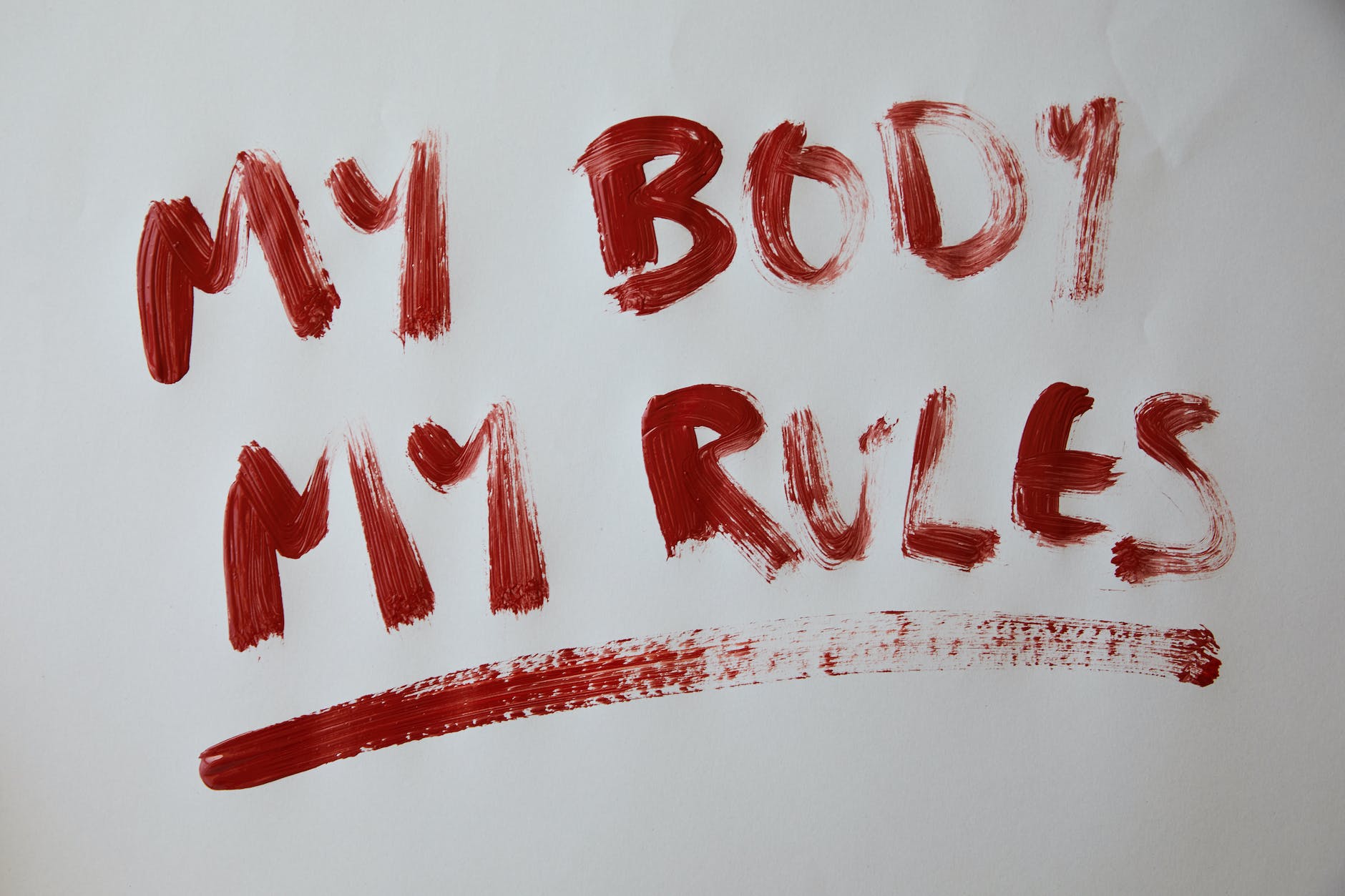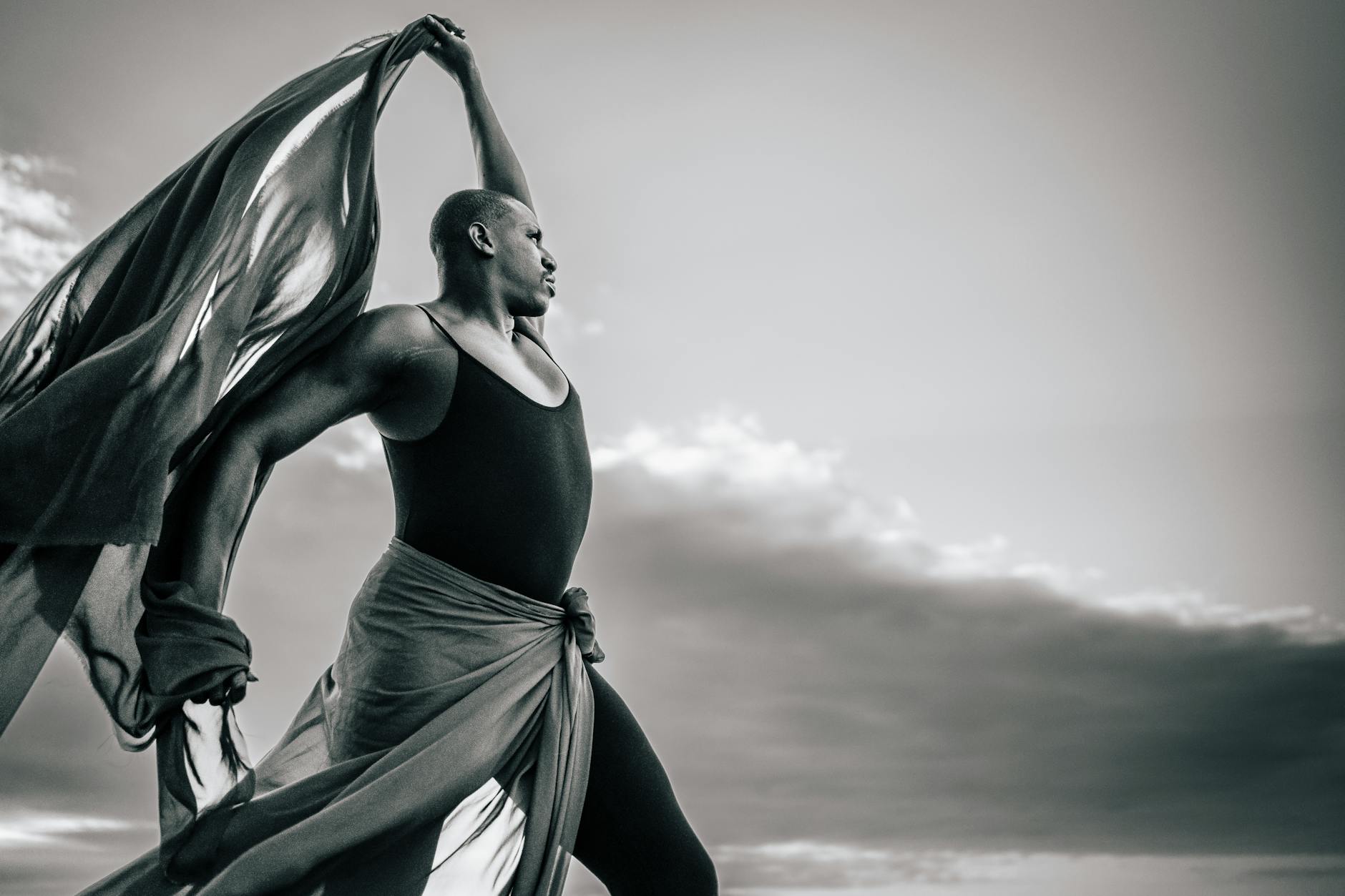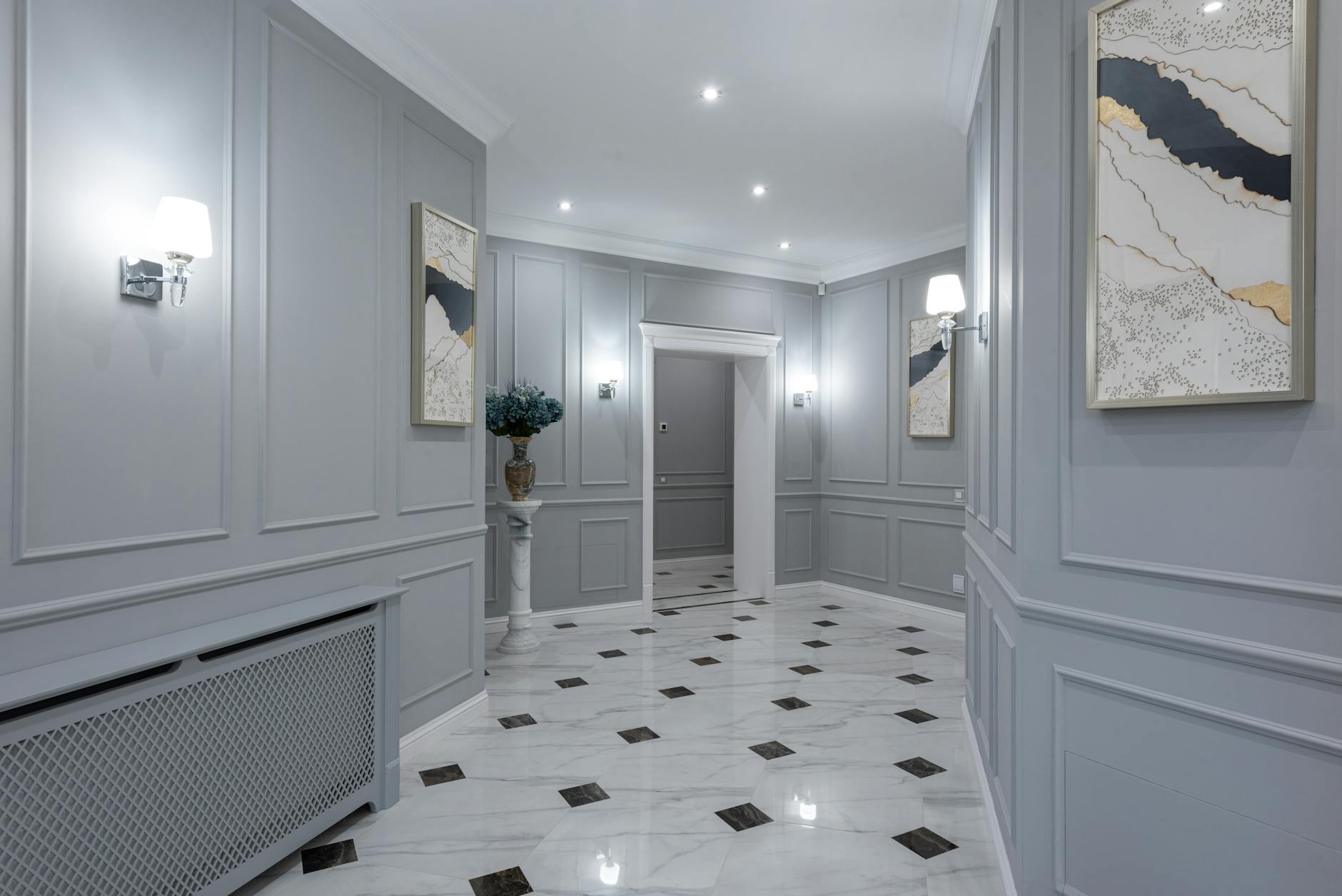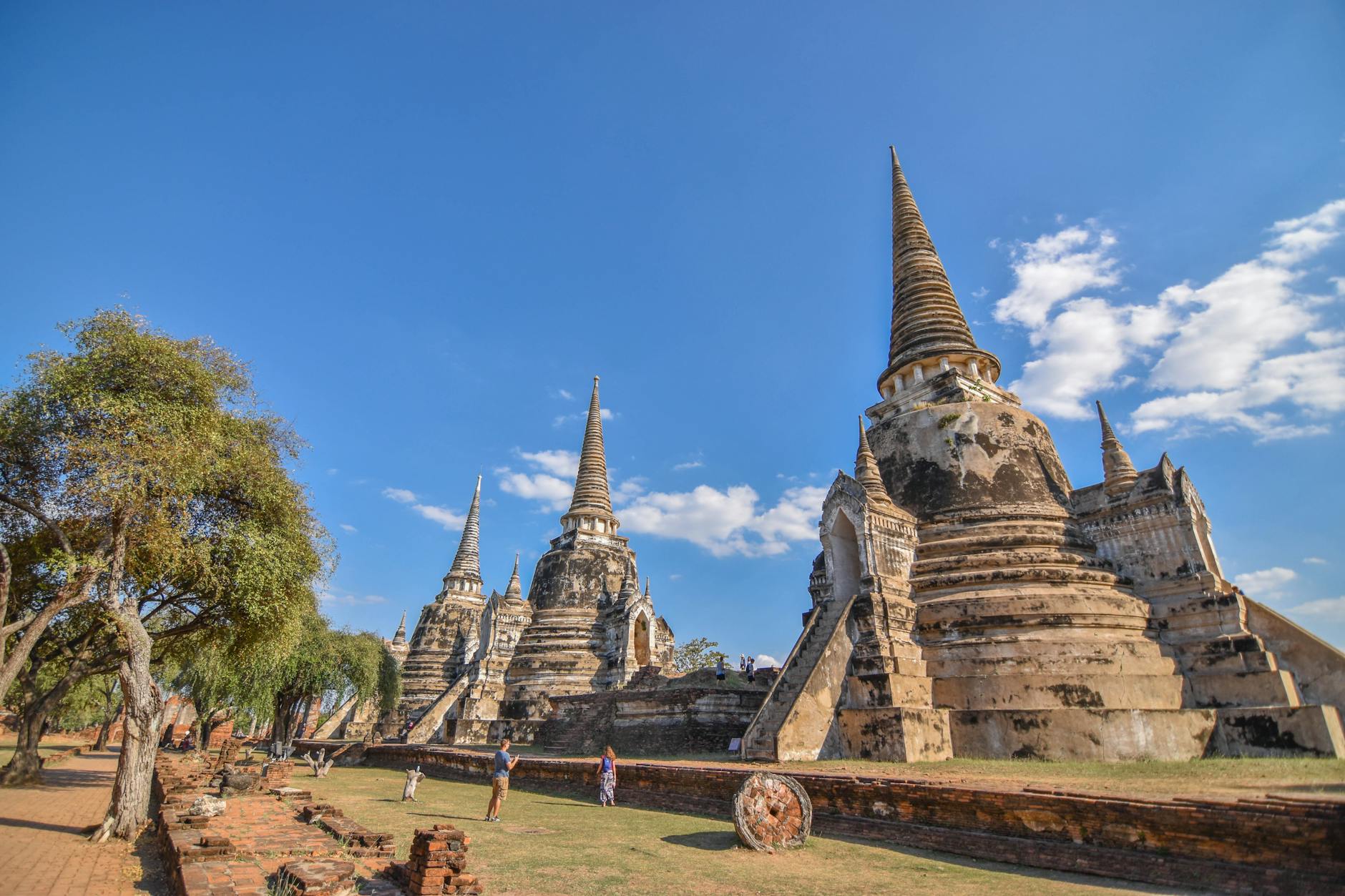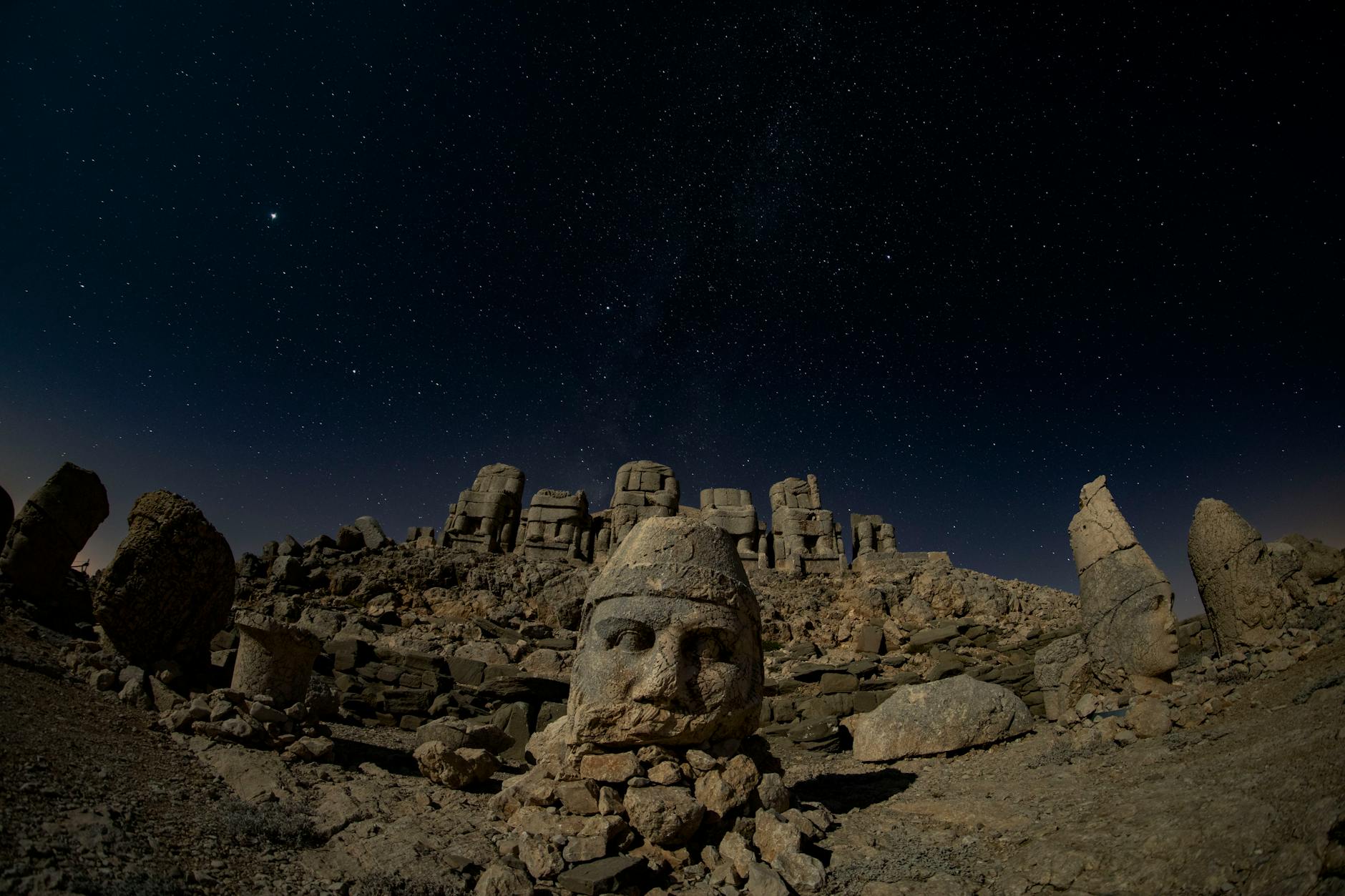Psychedelic art, with its vivid colors, distorted perceptions, and intricate detailing, has been a significant aspect of cultural movements since the mid-20th century. Its impact on society has been profound, as it offered a rich visual representation of a countercultural revolution, fueled creativity, self-expression, and consciousness expansion. This article explores the cultural influence of psychedelic art and its enduring impact on the creative world.
The creation of psychedelic art was intricately connected to a broader societal shift. As the counterculture of the 1960s began to flourish, so did the art movement associated with it. In many ways, this artistic genre was the extension of the trending interests in consciousness expansion, the exploration of alternative lifestyles, and the search for spiritual enlightenment. The expansion of consciousness was sought through various means, including the use of mind-altering substances, meditation, and the exploration of Eastern philosophies. Psychedelic aesthetics became the artistic expression of this awakened perception.
In the midst of this social shift, psychedelic art surfaced as an emblem of creativity and self-expression. It offered a rebellion against contemporary societal norms and commercial art styles. Artists began to exploit the visual potential of complex patterns, vibrant colors, and surreal illustrations, yielding images that mirrored the perceived effects of psychedelic experiences. Paintings, posters, album covers, and even clothing reflected the growing popularity of this artistic trend.
But how did this impactful counterculture art movement shape society? One of the crucial impacts was how it broke down barriers between high (elite) and low (popular) art. Psychedelic art was not confined to galleries but was richly present in everyday life. From concert posters and album covers to clothing and advertisements, it permeated the visual culture of the era, creating a bridge between the fine art world and the broader public. Thus, the cultural influence of psychedelic art was that it democratized the creation and consumption of art.
Furthermore, at its core, psychedelic art encouraged non-conformity and questioned societal boundaries. It amplified societal changes and provided a physical manifestation of the emotions and attitudes tied to the counterculture movement. It pushed against rigid societal standards and stared down authoritarianism, reflecting the mindset of a generation striving for revolution and change. The psychedelic art movement, thus, managed to evoke deep conversations about freedom, individuality, and the need for societal change.
Looking at the profound impact of this unique art style, it is clear it played a significant role in the evolution of self-expression and creativity. There is an undeniable connection between psychedelic art and the exploration of the human mind. By offering an avenue for representing mind-altering experiences and philosophical insights visually, it fostered freedom of thought and the exploration of consciousness. This influence extends to the current day, with modern entertainments such as virtual reality experiences and digital art installations frequently drawing their inspiration from psychedelic aesthetics.
Ultimately, the impact of psychedelic art is far-reaching and still felt today. It served as a critical vehicle for revealing untapped artistic potential, stimulated conversations about individuality and freedom, and ultimately reshaped visual culture. The cultural influence of the psychedelic art movement continues to inspire and is reflected in various forms of modern-day art, fashion, and music. Aesthetics aside, the echoes of its groundbreaking influence on the exploration of consciousness, creativity, and counterculture persist, highlighting the enduring power of this transformative art movement.
Sources:
Tate: Psychedelic Art
PBS: Psychedelic Posters
National Endowment for the Arts: Psychedelic Style and the Political Poster
The Conversation: From hippy to hipster




